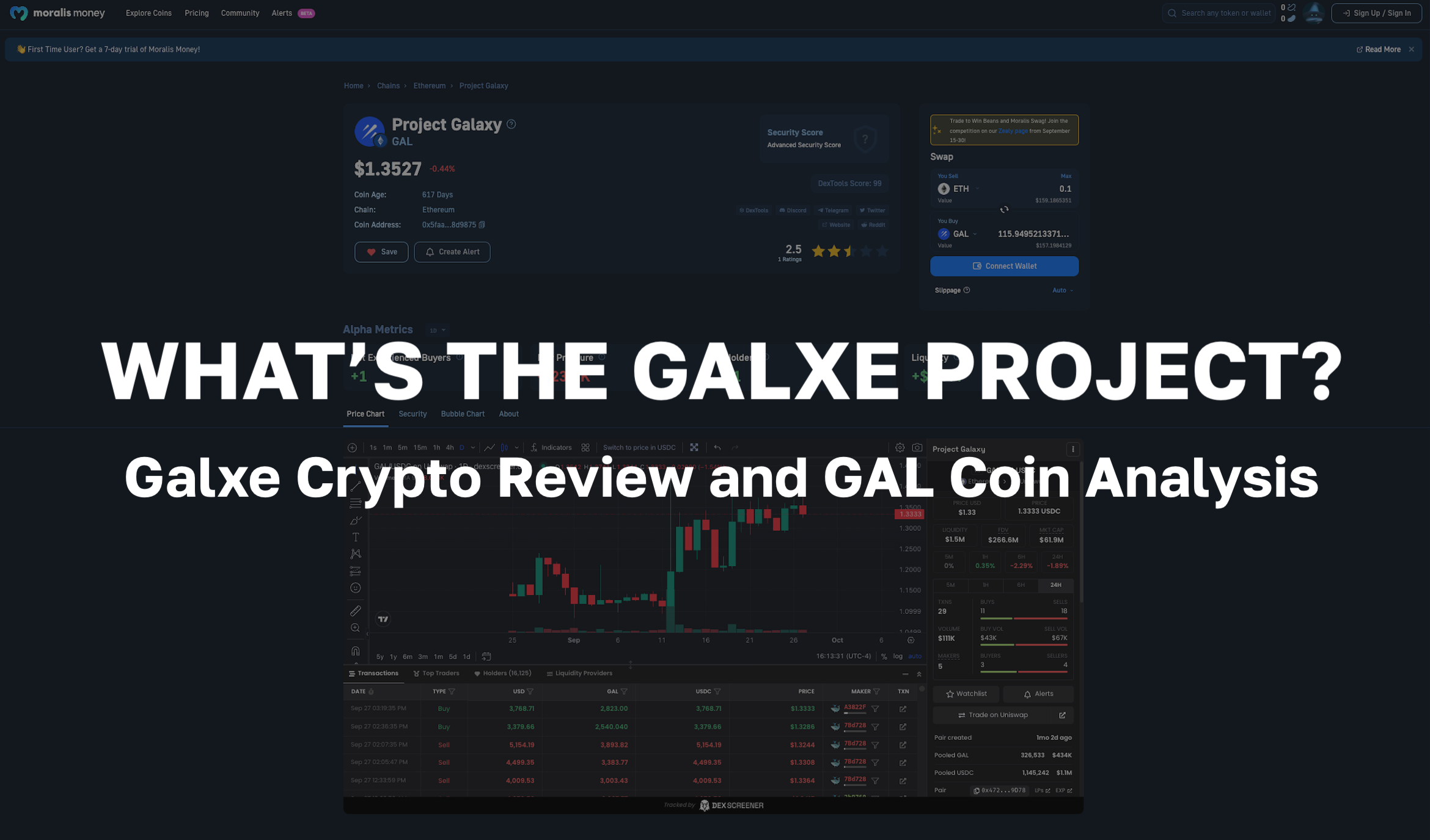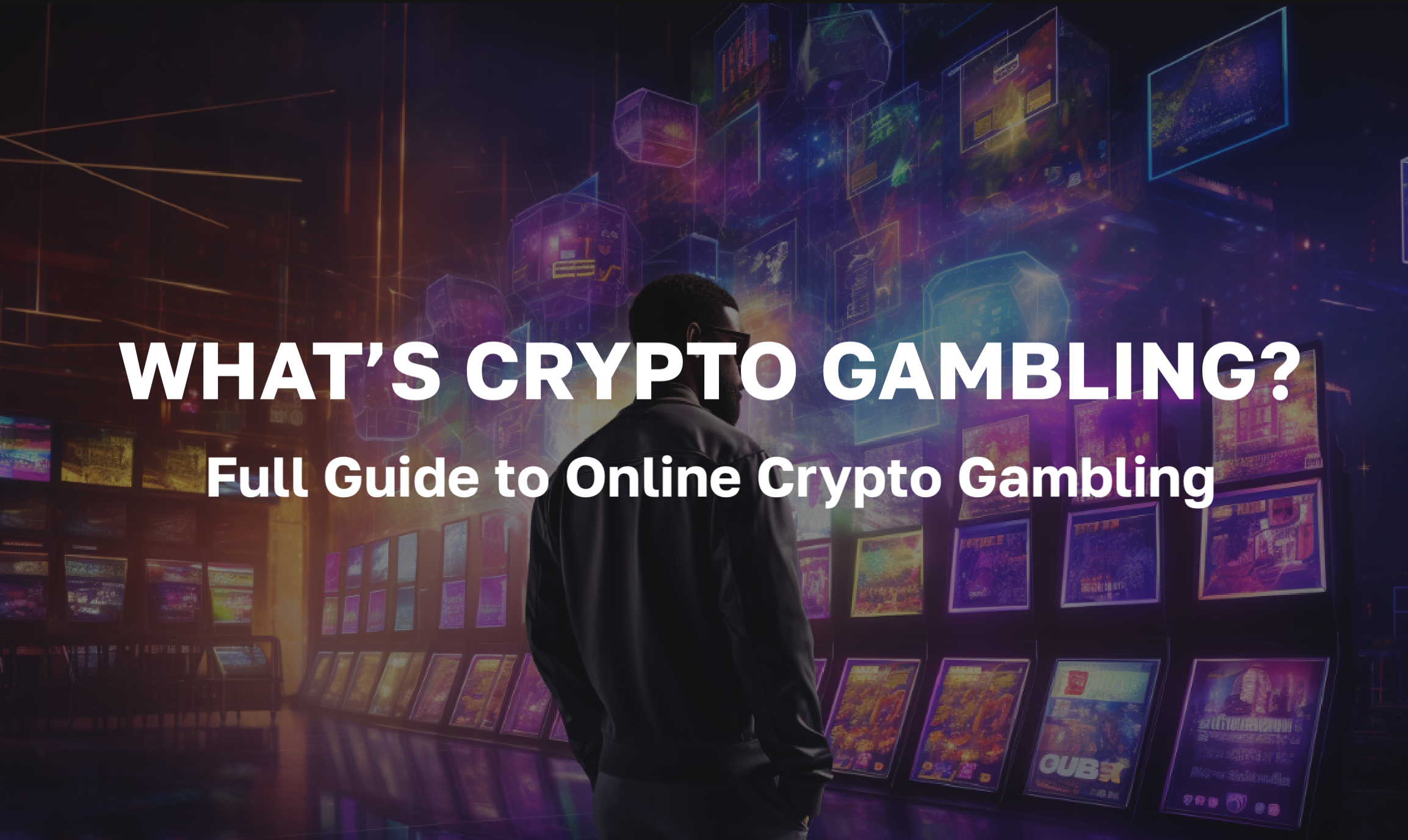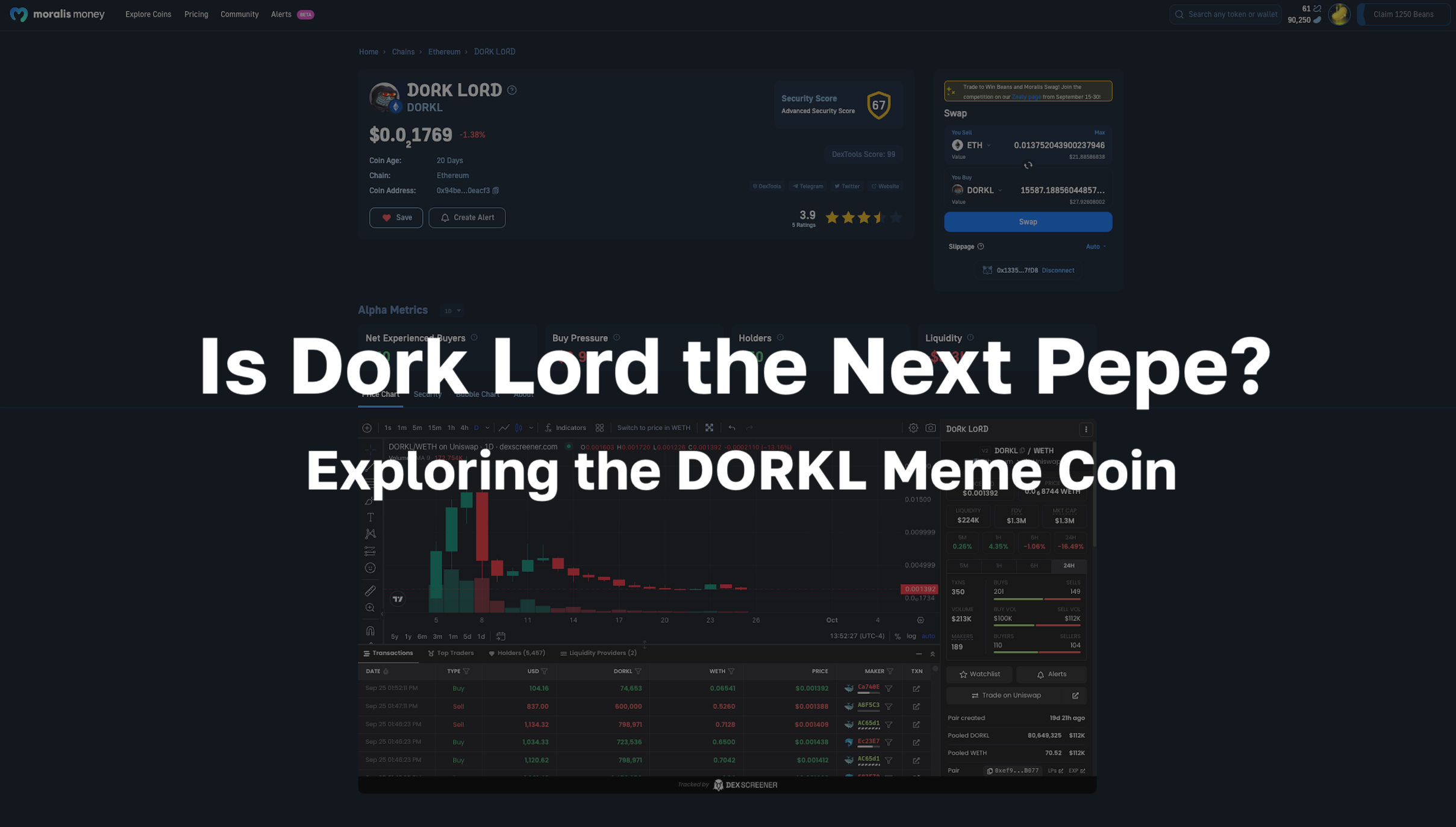MetaMask is the most widely used Web3 wallet. Although MetaMask was originally designed to work with Ethereum, it enables users to interact with a variety of decentralized applications (dapps) on multiple blockchains, layer-2 networks, and testnets. MetaMask automatically connects to the Ethereum mainnet by default. Connecting to layer-2 networks such as Arbitrum presents a low-cost, high-speed alternative to interacting with Ethereum directly. Also, anyone who uses Arbitrum benefits from the same security as the main Ethereum chain. Accordingly, several prominent Ethereum dapps now support Arbitrum. However, if you want to use MetaMask this way, you’ll first need to learn how to add Arbitrum to MetaMask.
In this article, we’re going to explain how to add Abitrum to MetaMask. We’ll provide a breakdown of the leading Ethereum scaling solution. Plus, we’ll dive deep into the number one non-custodial Web3 wallet. Furthermore, we’ll explore why so many investors and developers are turning to layer-2 scaling solutions when interacting with the Ethereum blockchain. In addition, we’ll take a look at some of the most popular dapps available on Arbitrum that you can connect to using the MetaMask Web3 wallet.
Moralis Academy is the number one Web3 and blockchain education platform online. If you’re new to the world of crypto, check out our Crypto for Beginners course. In this course, we teach students about the fundamental concepts of Web3. Also, we explore the key differences between Bitcoin, Ethereum, and several altcoins. Plus, we show you how to safely buy, sell, and trade crypto. Also, save our “How to Invest During a Crypto Bear Market” and “Understanding Crypto Crashes” articles for later reading! Join our community of over 30,000 students and kickstart your blockchain education with Moralis Academy!
What is Arbitrum?
Before we dive in and learn how to add Arbitrum to MetaMask, let’s take a look at Arbitrum itself. Arbitrum is a suite of next-gen scaling solutions for Ethereum. Developed by Offchain Labs in 2021, Arbitrum allows users to benefit from the security of the Ethereum blockchain while significantly reducing transaction fees and increasing throughput. Currently, the Ethereum blockchain can process around 14 transactions per second (TPS). A downside of Ethereum is that transaction fees can cost hundreds of dollars during network congestion. Arbitrum addresses this by processing up to 40,000 TPS with an average transaction fee of two cents.
Various decentralized finance (DeFi) protocols feature Arbitrum integration, allowing users to enjoy liquidity mining and token swaps on Ethereum with minimal fees. At the time of writing, there is $1.52B of total value locked (TVL) in Arbitrum smart contracts. In addition, users can use the Arbitrum token bridge to swap assets across multiple networks. Furthermore, Arbitrum is compatible with Ethereum Virtual Machine (EVM). This allows developers to seamlessly integrate and deploy Ethereum dapps and smart contracts with Arbitrum without making any significant amendments.
Interacting with Arbitrum requires placing transactions in the Arbitrum “inbox”. From here, the layer-2 solution processes the transaction and outputs a transaction receipt. The Arbitrum suite consists of three core scaling solutions that determine the way transactions are processed. These are Arbitrum AnyTrust channels, AnyTrust sidechains, and Arbitrum Rollup. However, the most developed and widely used of the three is the Arbitrum Rollup.
Arbitrum Rollup
Arbitrum Rollup is the flagship scaling solution of the Arbitrum product range. A rollup is a data compression technique. It takes several Ethereum transactions and “rolls them” into a single piece of data before submitting them to the blockchain. Furthermore, bundling transactions this way prevents network congestion and reduces costs by taking transactional data and computations off-chain.
The type of rollup that Arbitrum uses is an “optimistic rollup”. Optimistic rollups settle bundles of transactions on a proprietary sidechain before reporting them back to the main Ethereum chain. Instead of confirming each transaction individually, optimistic rollups allow the blockchain to work faster and process a larger volume of transactions with much lower fees. To do this, it assumes that all transactions are valid. Any contestations or disputes can be raised retrospectively on-chain. Moreover, validators must stake ETH to earn transaction fees. Accordingly, all validators have a financial incentive to act honestly, as they would otherwise lose their stake.
What is MetaMask?
Developed in 2016 by the leading Ethereum software firm, ConsenSys, MetaMask is the number one Web3 browser wallet with more than ten million active users each month. Unlike wallets built into your Coinbase or Binance exchange accounts, MetaMask is a non-custodial wallet. This means that users have full ownership of their private keys. Also, users must keep a copy of their private keys safe to backup their MetaMask wallets and avoid losing their funds.
The MetaMask Web3 wallet was originally designed to work with Ethereum. However, it is now compatible with a range of EVM-compatible blockchains and layer-2 solutions. MetaMask provides a gateway to DeFi and smart contract-based dapps. Also, MetaMask provides a fiat on-ramp for purchasing cryptocurrencies. Plus, users can swap tokens via a range of cross-chain decentralized exchanges (DEXs) using the built-in swap function.
If you’ve never used MetaMask before, we highly recommend reading our MetaMask tutorial first. Before learning how to add Arbitrum to MetaMask, you’ll need to set up your MetaMask account and back up your recovery phrase. Once you’re set up and good to go, you can begin adding new networks to your MetaMask wallet.
How to Add Arbitrum to MetaMask
Now it’s time to find out how to add Arbitrum to MetaMask. To do this, you’re going to need some additional blockchain data, including a chain ID, custom RPC URL, and network name. In addition, you’ll need the correct token information to add tokens to your Arbitrum MetaMask account.
To begin, you’ll need to download and install the MetaMask web browser extension if you haven’t already. If this is your first time setting up a MetaMask wallet, ensure you keep a copy of your recovery phrase somewhere safe. You’ll also need to create a password to open the MetaMask app, which is different from your recovery phrase. If you lose your password, you can recover it via email. However, your recovery phrase is non-retrievable, so be sure to keep a record of it.
MetaMask will connect by default to the Ethereum mainnet initially. Nonetheless, following these next steps, you’ll discover that it doesn’t take long to learn how to add Arbitrum to MetaMask. First, click on the network drop-down menu at the top of your wallet window where it says “Ethereum Mainnet”.
Next, click “Add Network” at the bottom of the window. From here, you’ll need to enter the following information in the relevant fields:
Network Name: Arbitrum One
New RPC URL: https://arb1.arbitrum.io/rpc
Chain ID: 42161
Currency Symbol: ETH
Block Explorer URL: https://arbiscan.io/
Add Tokens
Once you’ve entered the information above, click on “Save”. Congratulations! You now know how to add Arbitrum to MetaMask. However, if you want to see your Arbitrum tokens appear in your MetaMask wallet, you’ll need to import them manually. To do this, head to CoinGecko or Arbiscan and search for the relevant contract addresses for your tokens. Also, watch out for fake contract addresses. If in doubt, you can always head over to the official website of the token in question.
Once you have the correct contract address, copy it and open your MetaMask wallet. Next, click “Import Tokens” and paste the contract address into the relevant field. Usually, MetaMask will autofill the rest of the information and present the token in question. However, you may also need to add this manually by clicking on “Custom Token”. Once you’ve entered the data correctly, click on “Next”, then “Add Custom Token”. Finally, your tokens should appear in your MetaMask wallet.
Top Dapps on Arbitrum
Now that you know how to add Arbitrum to MetaMask, you’re ready to explore some of the best dapps running on the layer-2 network. Below, we look at the top five dapps on Arbitrum according to DefiLlama, ranked by the total value locked (TVL). Moreover, if you want to learn how to safely interact with DeFi protocols using MetaMask, check out the Master DeFi course at Moralis Academy.
GMX
Available on Avalanche and Arbitrum, GMX is a “decentralized spot and perpetual exchange” that offers ultra-low trading fees and stable prices for token swaps. The platform uses a unique multi-asset pool that allows liquidity providers to earn a passive income via market making, trading fees, and leverage trading. Also, GMX uses a dual token model that incorporates the GMX utility and governance token with the GLP liquidity provider token. The GMX token enables holders to vote on proposals to make changes to the platform. Furthermore, the GLP token incentivizes liquidity by enabling holders to accrue trading fees.
SushiSwap
SushiSwap is one of the most widely-used multi-chain decentralized exchanges (DEXs). The platform features an automated market maker (AMM), limit orders, staking, borrowing and lending facilities, yield optimization, and a launchpad service for new projects and tokens. At the time of writing, SushiSwap is available on 14 different blockchain and layer-2 networks. Furthermore, SushiSwap enables users to generate yield using a variety of strategies that suit various risk appetites. Plus, SushiSwap also uses a dual token model to reward those who stake with xSUSHI tokens for locking up the SUSHI governance token.
Curve Finance
Curve Finance is another leading cross-chain decentralized exchange (DEX) using the automated market maker (AMM) model. Just like SushiSwap, Curve Finance began operating on Ethereum. However, Curve is now available on ten different networks. The platform makes it straightforward for anyone to swap a range of stablecoins and tokenized assets with minimal slippage. Also, Curve enables users to provide liquidity to liquidity pools to earn a portion of platform trading fees.
dForce
dForce is a suite of products for Web3 and DeFi. This includes an over-collateralized stablecoin protocol, borrowing and lending facilities, staking, and a decentralized liquidity aggregator. Also, the dForce ecosystem features a cross-chain bridge for swapping assets across multiple blockchain networks. Plus, the platform uses a multi-token architecture to incentivize decentralization and participation.
Stargate
Stargate is a “fully composable liquidity transport protocol”. It unifies liquidity from multiple blockchain networks and allows users to transfer various crypto assets between chains. Also, the Stargate platform features liquidity pools, staking services, token swaps, and yield farming. Users can earn stablecoin rewards by providing liquidity to a pool. Plus, users can stake the native STG token to earn veSTG token rewards. Furthermore, the veSTG token enables holders to vote on update proposals and various parameters of the protocol.
Guide: Adding Arbitrum to MetaMask - Summary
After reading this article, you should have a firm understanding of how to add Arbitrum to MetaMask. Also, this knowledge is transferable, so you can apply a similar process when adding other networks to MetaMask. However, you’ll need to ensure you have the relevant data for your desired network. Furthermore, if you have ETH in your MetaMask wallet on the Ethereum network, you can transfer it to the Arbitrum network via the Arbitrum token bridge.
Arbitrum is like a fast lane for Ethereum. Furthermore, using Arbitrum with MetaMask makes it easy for anyone to interact with decentralized applications (dapps) with minimal gas fees. Also, Arbitrum lowers the barrier to entry for developers and provides a fast and secure alternative to building on Ethereum natively.
There has never been a better time to learn a new skill in an emerging tech field. If you want to become a blockchain developer, but have no coding experience, check out the JavaScript Programming for Blockchain Developers course at Moralis Academy. This course teaches students how to build a decentralized exchange (DEX) on Ethereum. This course is also a great starting point for anyone looking to build their Web3 development portfolio. Take your first steps towards a life-changing career in Web3 with Moralis Academy!
In addition, don’t forget to follow us on Twitter @MoralisAcademy to stay up to date with the latest crypto and blockchain news. Reach out and let us know your thoughts about Arbitrum and MetaMask! Also, check out our “Rust & Solana” article to further expand your Web3 knowledge!




